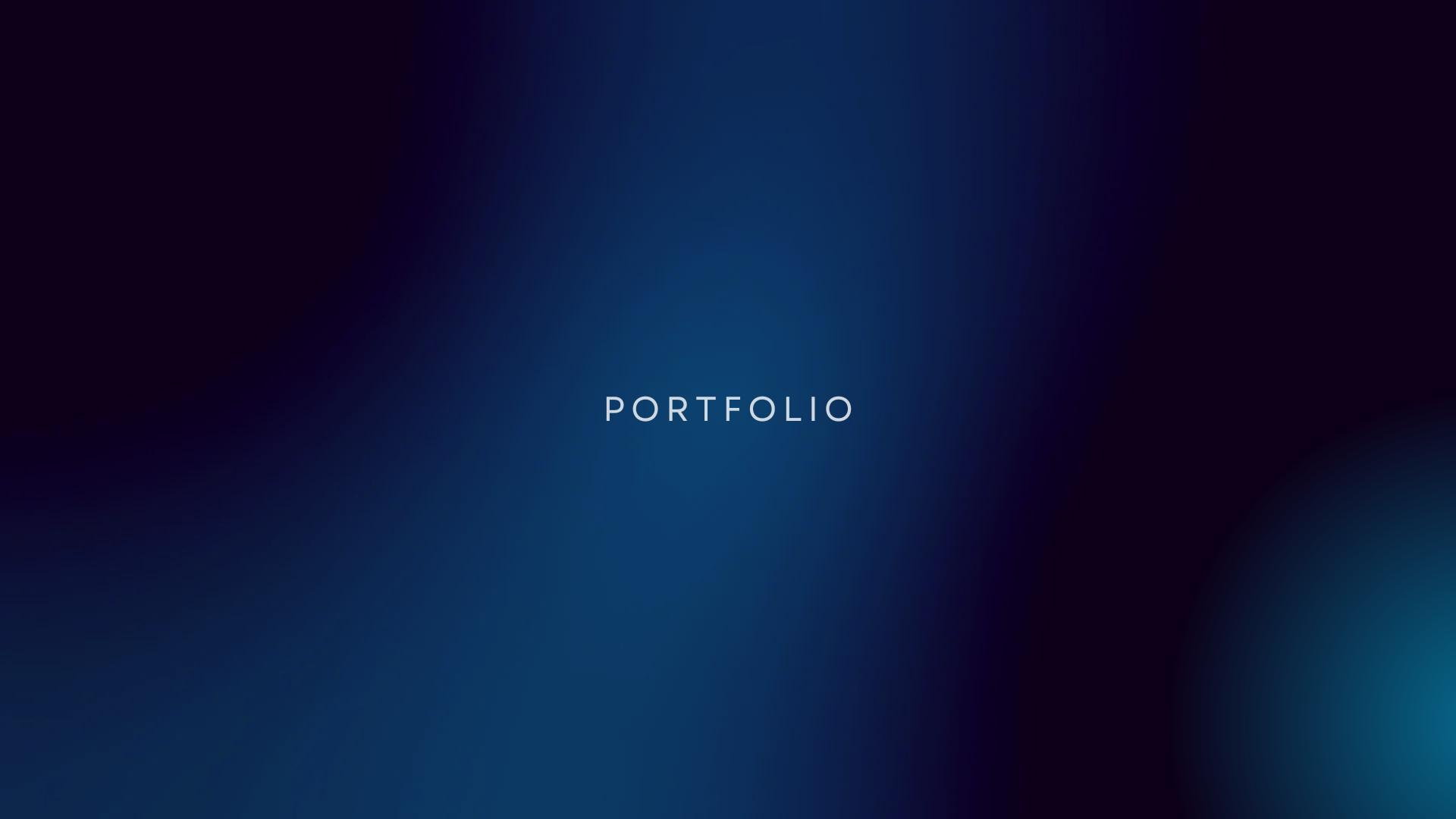Creating a Netflix-Inspired Portfolio

It all started in high school. While most of my classmates were figuring out how to add filters to Instagram stories, I was figuring out how to build my own website. Not for marks, not for a competition, just because I wanted a space online that felt like me—my corner of the internet.
Back then, I had zero clue about HTML, CSS, or what DNS settings even meant. So I did what any curious tenth grader would do, I went no-code.
🧰 The No Code Days: Wix, WordPress, and Blogger
My first website was built on Wix. Drag, drop, done. I remember placing my name in bold, picking random animations for every section, and thinking, "Yo, I’m legit now." Over the years, I explored Blogger, WordPress, and even some free website makers I do not remember the names of. Each time I learned something new—about layout, typography, user attention, or just how frustrating it is when mobile view breaks everything.
Most of these sites were not developer portfolios yet. Some were about photography, showcasing my street shots and misty frames. A few were for video edits—quick reels, transitions, experimental stuff. Sometimes I made random "about me" sites just for fun, changing my theme every other weekend.
I was not building for an audience. I was building for myself, to see what was possible.
When I Finally Wrote My First Line of Code
That curiosity slowly grew legs. One day, I decided I was done being limited by templates. I wanted freedom, control, the kind of creative chaos where I decide where that div goes, not some preset.
So I picked up the basics of HTML and CSS. Then came JavaScript, then a little bit of Node.js. Before I knew it, I was building my own developer portfolio from scratch.
This time, it was not drag and drop. It was trial and error, fixing broken layouts at 2 AM, and Googling "why is my navbar not responsive" forty-five times. Still, I kept pushing through.
What I Have Built Since Then
Since that first coded portfolio, I have created more than ten websites—some static, some dynamic, all personal. Some were for showcasing my photography, others for project case studies, and a few just for experimenting with design ideas I saw on Dribbble or Behance.
Now, my current developer portfolio is not just a digital resume. It is proof of how far I have come, from no-code to full control. Every pixel has a story. Every section reflects a different phase, whether it is a hackathon memory, a side project, or a new skill I have picked up.
What I Learned Through It All
No-code is not cheating. It is a gateway. If I had not used Wix or WordPress early on, I might never have felt confident enough to code something myself.
Design matters. Whether it is photography or a project page, if it looks clean and tells a story, people will pay attention.
Every portfolio version teaches you something, even the cringeworthy ones with neon text and three fonts per page.
Your portfolio will always be a work in progress, and that is okay. It is not meant to be perfect, it is meant to reflect you, right now.
Final Thoughts
Building websites taught me more than just code. It taught me how to express myself digitally, how to document my growth, how to design with purpose, and how to fix things when everything breaks ten minutes before a submission.
Looking back, those no-code sites were the stepping stones. They were not lesser, they were necessary.
So if you are still using templates or just starting to explore this path, keep going. Your future coded portfolio is already taking shape, one drag and drop at a time.